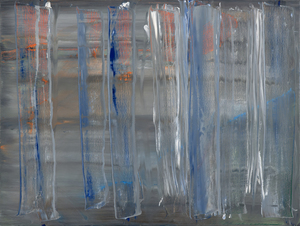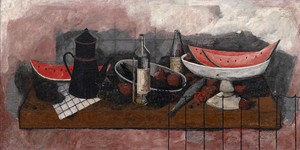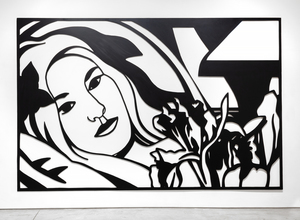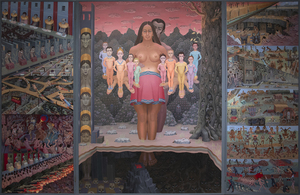LONDON
HJFA has operated internationally since founding 25 years ago. Our London consultancy, led by Emma Barnes, represents an exciting new chapter that allows us to serve clients more directly in one of the world’s most active and influential art markets.
– James Carona, Co-Founder and Co-Owner of Heather James Fine Art

EMMA BARNES
Fine Art Consultant
London, England
Emma leads Heather James Fine Art’s London consultancy following three years at the company’s Palm Desert, California, headquarters where she still divides time. She has also worked with Heather James New York and San Francisco. Emma has been instrumental in major deals including works by Vincent Van Gogh; Claude Monet; Diego Rivera; Edward Hopper; Georgia O’Keeffe; and Ed Ruscha. Her expertise spans blue-chip art across genres.
Emma previously spent six years working in Washington, DC. She graduated cum laude from the University of Pennsylvania and with distinction from King’s College London, and was raised in Berkshire, England.
My earliest memories involve arts and culture in London. I’m thrilled to be back in the city and look forward to deepening relationships with private collectors and industry partners alike.
– Emma Barnes
HEATHER JAMES FINE ART – LONDON will be a valuable resource for local clients, providing a wide array of support and assistance for a vast range of properties. With the help of Heather James Fine Art experts, our representatives are able to assist you if you have questions regarding buying or selling, or wish to have an object from your collection valued.
We provide a wide range of client-based services including estate and tax planning, collections management, appraisals, logistics management, acquisitions, and financial services.
IN THE NEWS
SERVICES
Heather James Fine Art provides a wide range of client-based services catered to your specific art collecting needs. Our Operations team includes professional art handlers, a full registrar department and logistical team with extensive experience in art transportation, installation, and collection management. With white glove service and personalized care, our team goes the extra mile to ensure exceptional art services for our clients.
GET TO KNOW US
GALLERIES
45188 Portola Avenue
Palm Desert, CA 92260
(760) 346-8926
Hours: By appointment
172 Center Street, Suite 101
P.O. Box 3580
Jackson Hole, WY 83001
(307) 200-6090
Hours: By appointment



















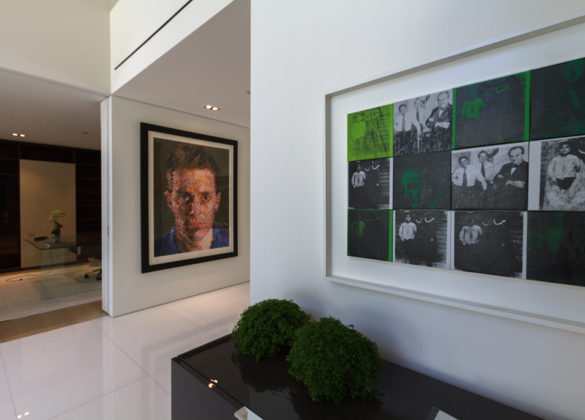
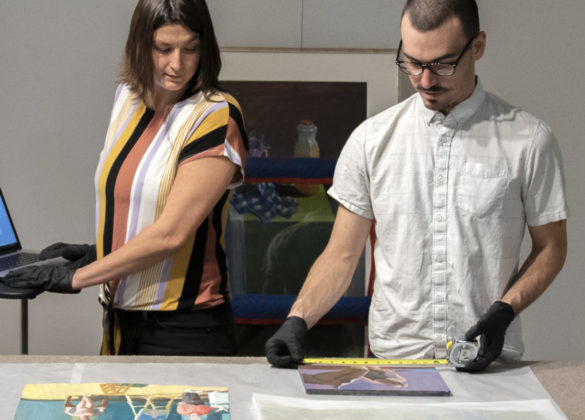









_tn47012.jpg )
,_new_mexico_tn40147.jpg )
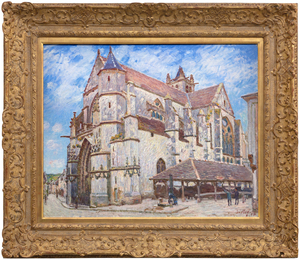
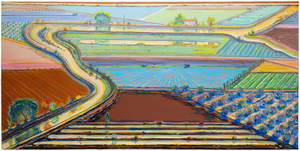
_tn43950.jpg )
